
Mao Goto is a Japanese freelancer who was born in Hayama, Kanagawa prefecture, and raised in Tokyo. Since 2016 she lives in the Taito Ward, home to a lot of Japanese culture hotspots such as Asakusa, Akihabara, and Ueno. She has been interested in the field of English education in Japan and got her Master’s degree in March 2020. A lover of photography, travel, sweets, and cross-stitch. Contact her via Facebook.
This post may contain some affiliate links. When you click through and make a purchase we may receive some commission, at no extra cost to you.
Japan is an island nation with an abundance of nature, which makes it an ideal habitat for many bugs and insects. Therefore, when you travel to Japan, you are likely to encounter insects everywhere, including in the mountains, at sea, and even in parks in urban areas around your house.
There are many types of insects in Japan, most harmless, but others can pose a threat if you don’t keep an eye out for them. In this article, we will introduce some insects that you should be aware of before traveling to Japan and what to do if you encounter such insects in the wild.
1. Japanese Giant Hornet
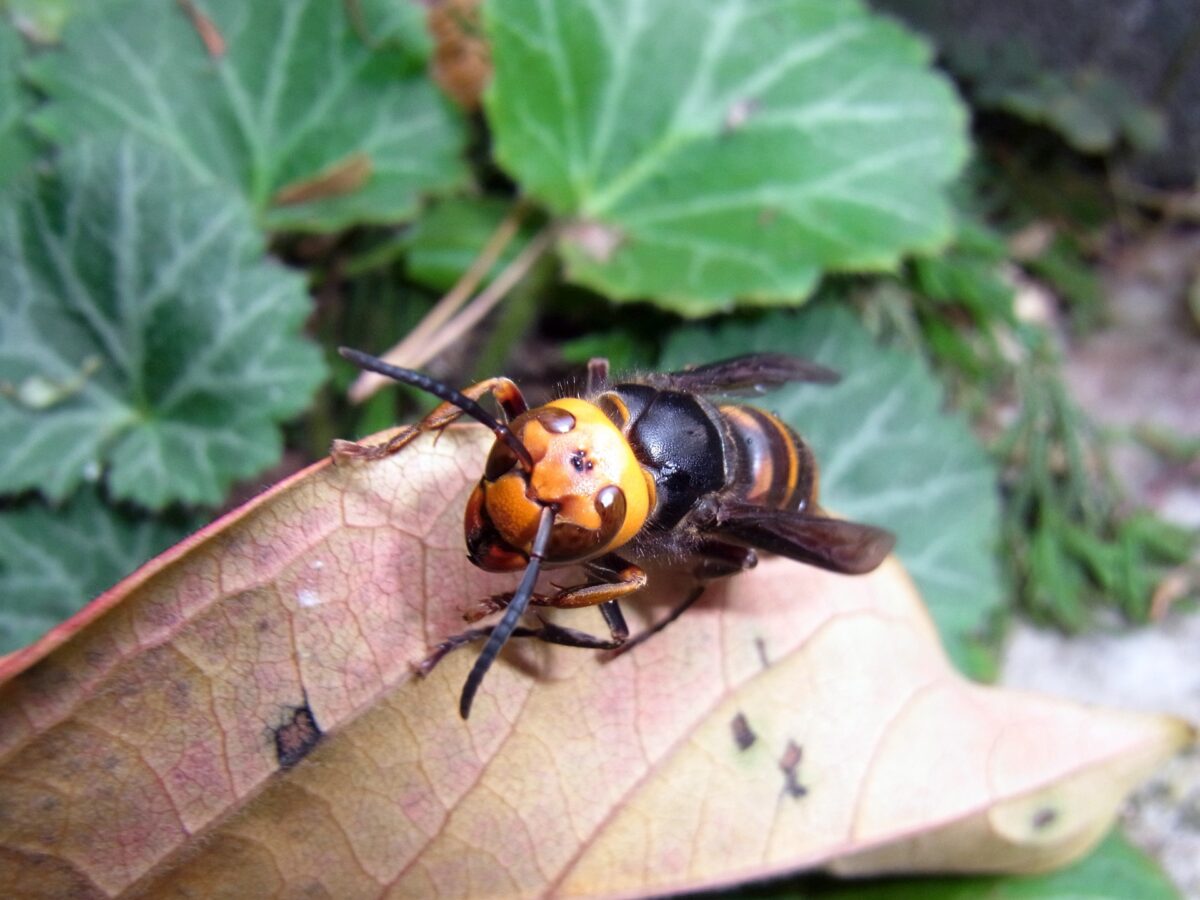
Wasps are highly feared throughout Japan and can be aggressive and venomous, so one can never be too careful. They often appear in metropolitan areas such as central Tokyo and Chiba, causing a pain for local residents.
Wasp nests can be found in stumps, in the soil, and even in grassy areas, making them difficult to spot. If you see a wasp or its nest, do not provoke it and leave immediately. It’s important to keep calm and to put as much distance between yourself and the wasp as possible while still being safe and orderly.
If you do get stung, rest calmly and keep an eye on it for about 20 minutes. Then rinse off the venom thoroughly with clean water. If the bee’s stinger is stuck in your skin, gently pull it out and remove the venom from the wound. If you experience acute symptoms such as having trouble breathing, cold sweats, or dizziness, don’t hesitate to go to a hospital.
2. Centipede

Centipedes are a common pest in Japan, and it is said that about 130 to 150 species of centipedes live in Japan. Centipedes are mainly nocturnal and live under stones, rocks, and in piles of fallen leaves. However, there are cases of people being bitten by centipedes when they accidentally step on them or if they find them in their shoes.
The centipede bite causes immediate and sharp pain, and the venom injected into the skin causes severe inflammation. It is very rare for a centipede bite to be serious, and so it is important to deal with the bite calmly. After being bitten by a centipede, immediately wash the venom out of the wound with clean water. After washing, it is advisable to apply a steroid ointment.
3. Cockroach
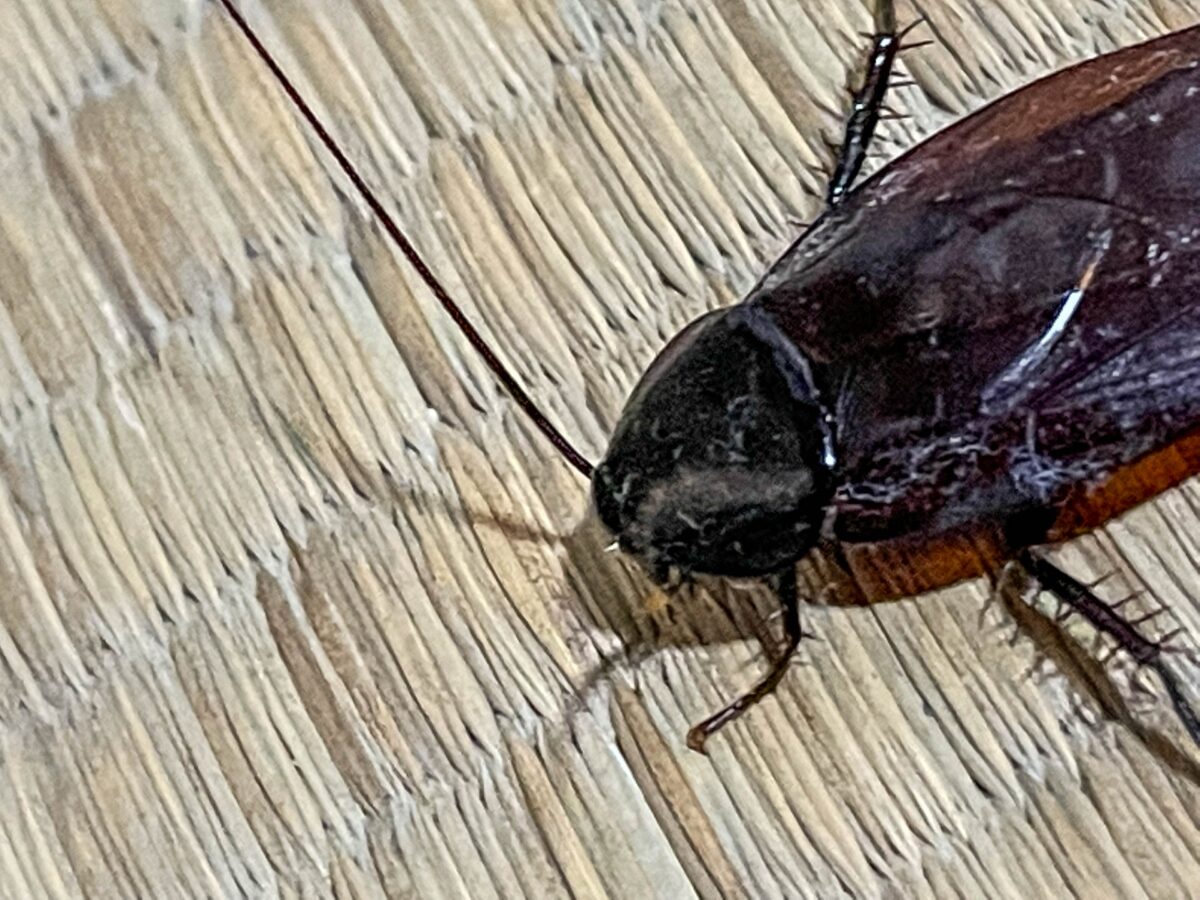
It is no wonder that the cockroach is one of the most hated pests in Japan. Found nearly everywhere in Japan, their grotesque appearance is the bane of many, however, many cockroach-repellent products are available in Japanese drugstores nationwide.
They prefer warm, dark, and cramped places and usually live in groups. They are omnivorous, eating scraps of food and even the feces of other cockroaches. Their bite is so strong that they can even chew through power cords, sometimes causing them to leak electricity, and on rare occasions, they will even chew on human skin at bedtime, mistaking it for nourishment. Although their bites are not poisonous, bacteria can enter through wounds, so it is advisable to disinfect the wound and then apply ointment if bitten.
4. Mosquito
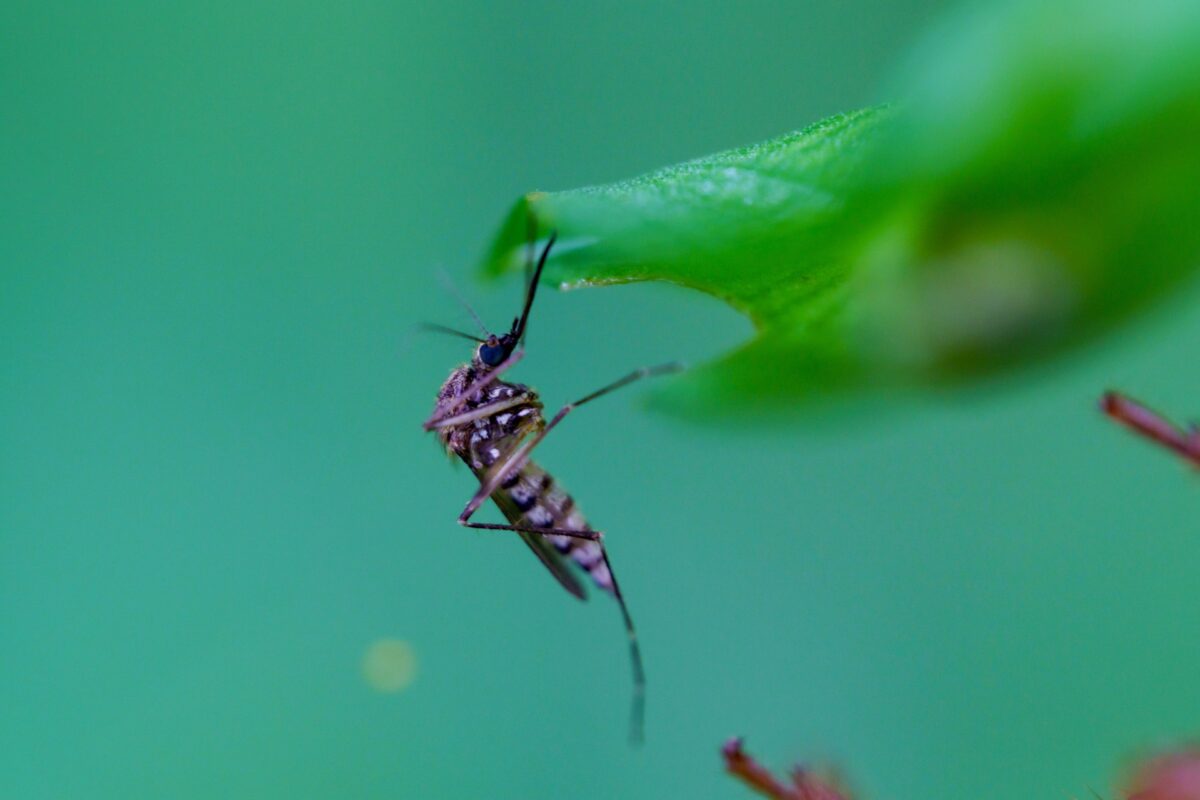
Mosquitoes are a common problem for many Japanese when the hot summer months arrive. Breeding mainly near water, they suck blood by detecting the smell of carbon dioxide gas and sweat emitted from human skin. Only the female mosquito sucks human blood.
Normally, the female mosquito lives by taking in nutrients from the sugar content of flowers, but when it is time to lay eggs, it sucks human blood to absorb more nutrients. Mosquito bites cause itching because when the mosquito is sucking human blood, the human skin is injected with saliva that contains an ingredient that prevents the blood from clotting.
The itch is unpleasant, but even more frightening is the infection, which is known to carry Japanese encephalitis, dengue fever, and other various diseases. Overseas, mosquitoes can also carry malaria and other dreaded diseases. If a mosquito bite itches, do not scratch it too hard. Bacteria may enter the scratched area and cause the wound to pus or worsen the itch. If itching is strong, cool down first, wash it with clean water, and then apply anti-itch ointment.
5. Cicada
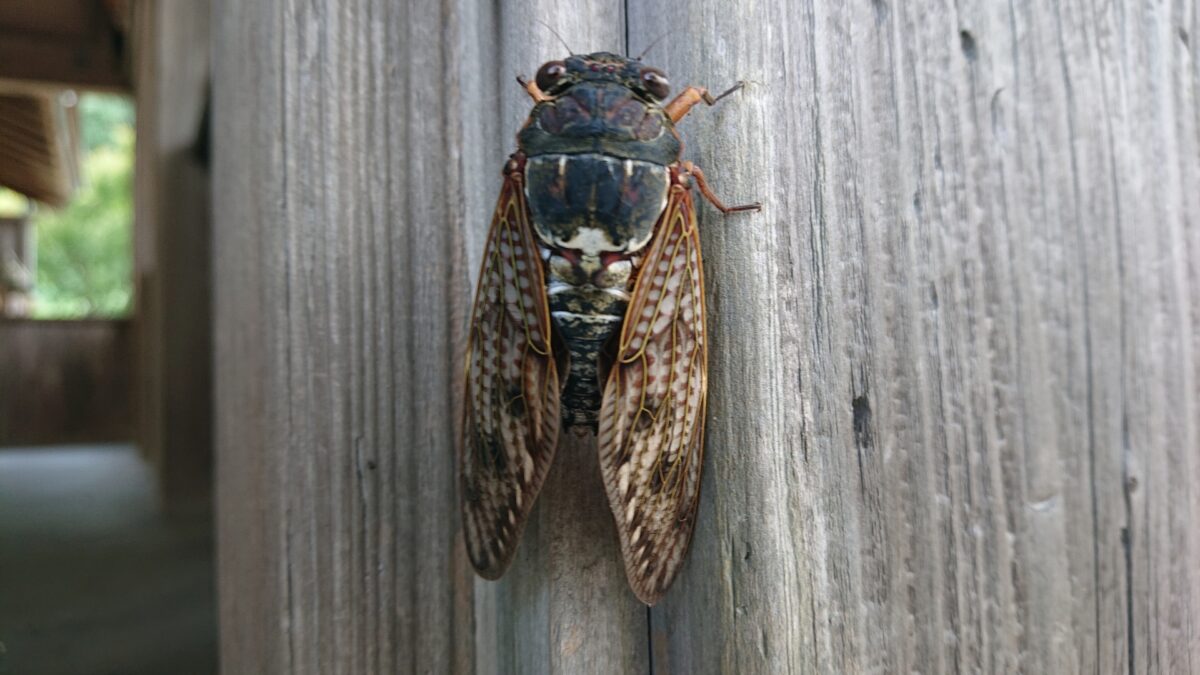
The chirp of the cicadas is almost synonymous with the Japanese summertime, and about 30 species of cicadas can be found throughout the country. They are mainly found in places where there are many trees, such as parks and forests, and are only really active in the summer.
Cicadas have straw-like mouths and get nutrients by sucking sap and grass fluids. The most common cicada in Japan is the aburazemi (アブラゼミ), so named because of the sound it makes, which is similar to the sound of frying deep-fried tofu.
As the larva grows large, it eventually climbs a tree and, after hatching, becomes an adult. After becoming an adult, it can live for only seven days, during which it must secure a mate. If you look closely at a tree, you may find many cicada shells attached to it from when they malt.
6. Stink bug
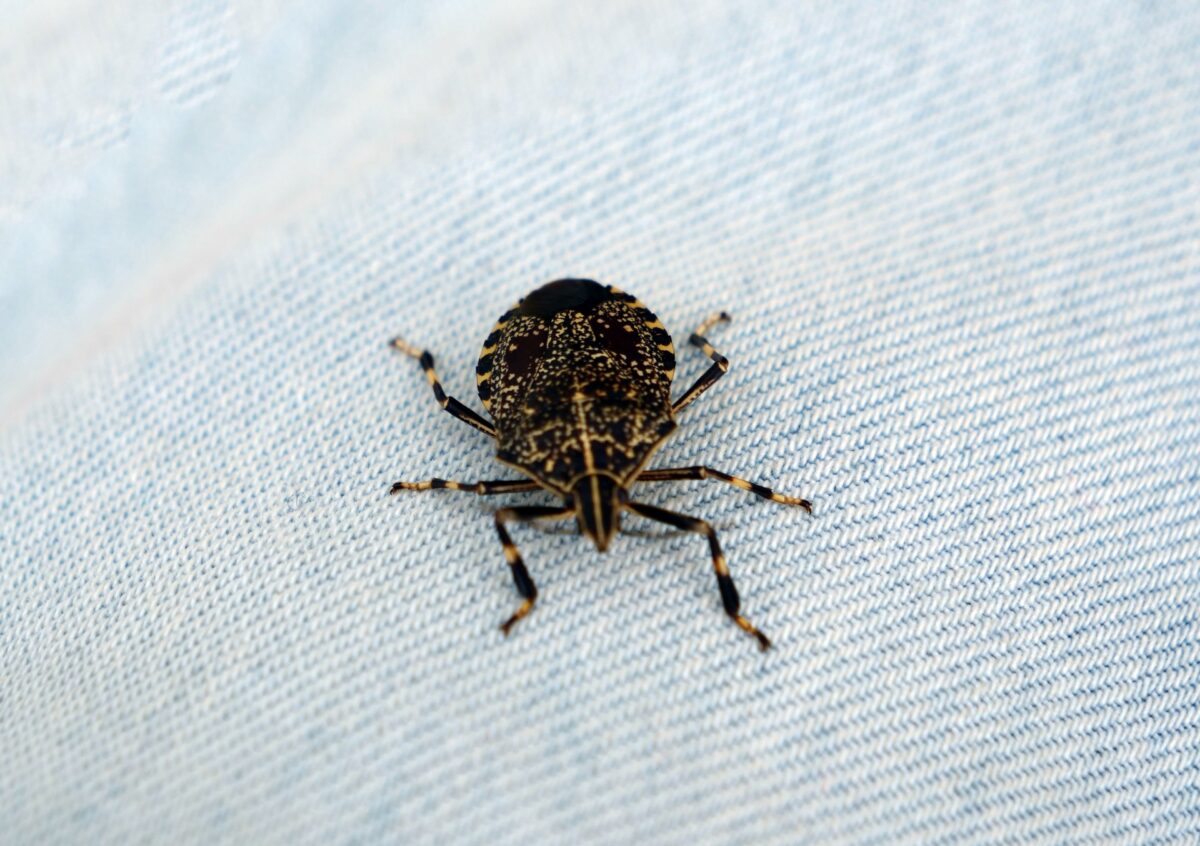
Stink bugs are very abundant and come in a variety of shapes, colors, and sizes. They feed by poking their mouths into fruits and plants and sucking the juice. Because of this, they are sometimes regarded as pests as they cause the rotting of fruits and other plants.
A prominent characteristic of stink bugs is that they emit a foul odor which is to deter predators. They often attach themselves to laundry in Japanese households, causing the stench to be transferred to the laundry, becoming an absolute nuisance to households. Stink bugs have a habit of congregating on light-colored items, making white shirts and sheets a prime target. When you take in your laundry, be careful not to get stink bugs on your clothes, or they will ruin your freshly washed clothes!
7. Huntsman spider

The Huntsman spider is a large spider that looks very fearsome and can be found all year round, regardless of the season. They are found nationwide, with the exception of Hokkaido because of the cold weather.
If you see such a large spider, you may immediately be frightened, and your first instinct may be to squash it, however, huntsman spiders are known to feed on unpleasant pests such as cockroaches and flies and will not go after people. This is why they are known as beneficial bugs that will eat all the nasty bugs in your house if left unattended. If you don’t mind their appearance, you can keep them alive as an unofficial “roommate” to hunt cockroaches and flies.
8. Joro spider
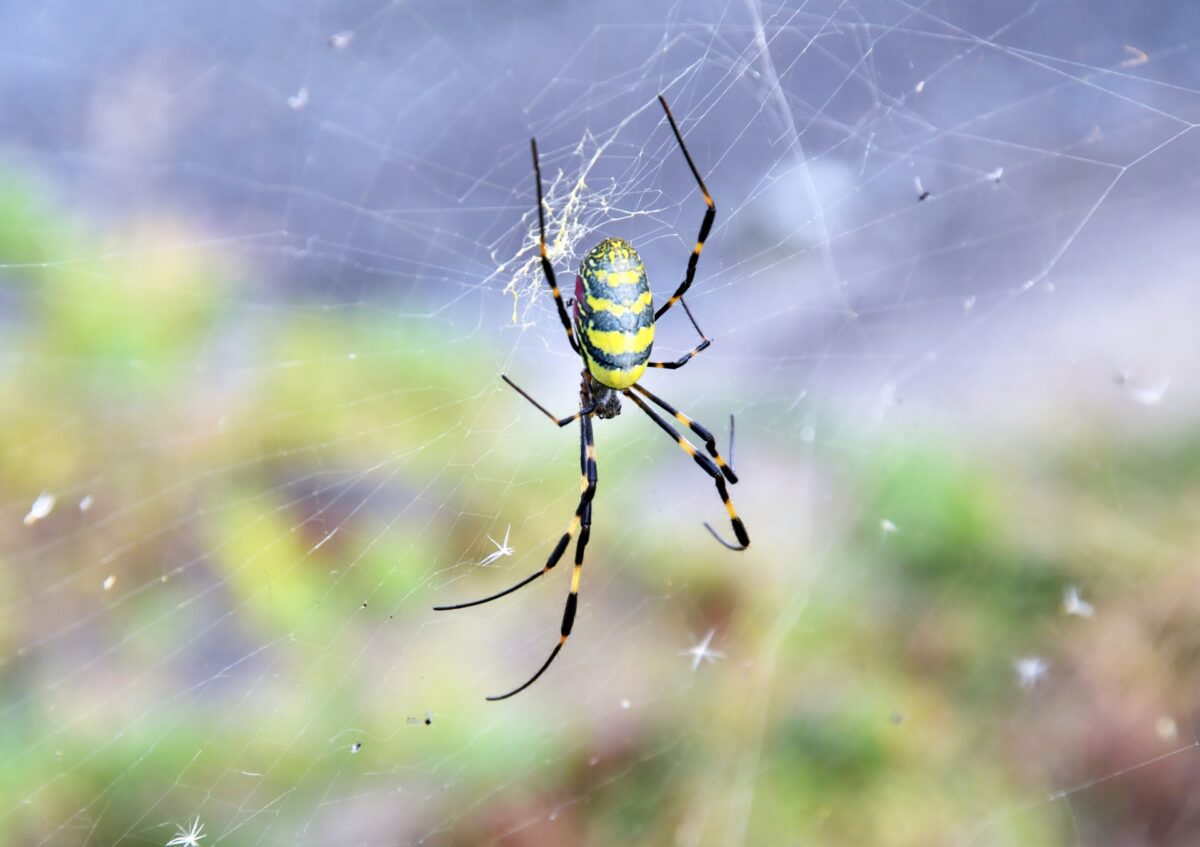
If you see a fancy-looking spider in Japan with an intricate pattern, it may just be a Joro spider. The Joro spider is a common spider found in gardens, forests, parks, and brambles. They live in webs of their own makings, mainly eating the prey caught in their webs. In order to eat their prey, they first inject it with venom, however, the venom is not strong enough to harm humans. That being said, the bite can still be quite painful, so do not provoke the spider. Unprovoked, however, they are very unlikely to attack.
In this article we introduced some insects that you should be aware of when you are in Japan and what to do in case you encounter them. Basically, if you do not provoke any of these insects, the chances are that they will not attack you, so the best thing to do is to avoid and ignore them. If you are not fond of insects, we recommend you use insect repellent that can be easily purchased at Japanese drugstores. Mosquitoes and other itchy insects can be treated with anti-itch medicine available at drugstores as well, but if you are bitten by a poisonous insect, you may need to go to a hospital immediately, depending on the symptoms you experience. Be careful of these insects and enjoy Japan’s natural beauty to your heart’s content!
Japan Wonder Travel Tours in Tokyo
Japan Wonder Travel is a travel agency that offers guided tours throughout Japan.
From private walking tours to delicious Food and Drink tours, we can help organize the best tours just for you! If you want to explore Japan and learn more about the history and backstories of each area you are traveling in, our knowledgeable and friendly guides will happily take you to the best spots!
In addition, we can provide you with any assistance you may need for your upcoming trip to Japan, so please feel free to contact us if you have any questions or need some help!
▶Tokyo Tsukiji Fish Market Food and Drink Tour
Explore the most lively and popular fish market in Tokyo, where you will have the chance to try some of the local’s favorite street foods and sake along with your friendly English-speaking guide!

▶Tokyo 1–Day Highlights Private Walking Tour (8 Hours)
There’s no better way to explore an area than taking a tour with a knowledgeable local guide. You will have the chance to learn about the history and interesting background stories of Tokyo, as well as discover some hidden gems which can be hard to do without a guide.

▶Shinjuku Bar Hopping Tour: Experience Tokyo’s Nightlife in Izakaya
Check out the best spots in Shinjuku while bar hopping through the lively and vibrant area. Try some delicious local food and drink as you explore the narrow yet photogenic alleys that the town has to offer. Experience Japanese izakaya culture and drink in Shinjuku like the locals!
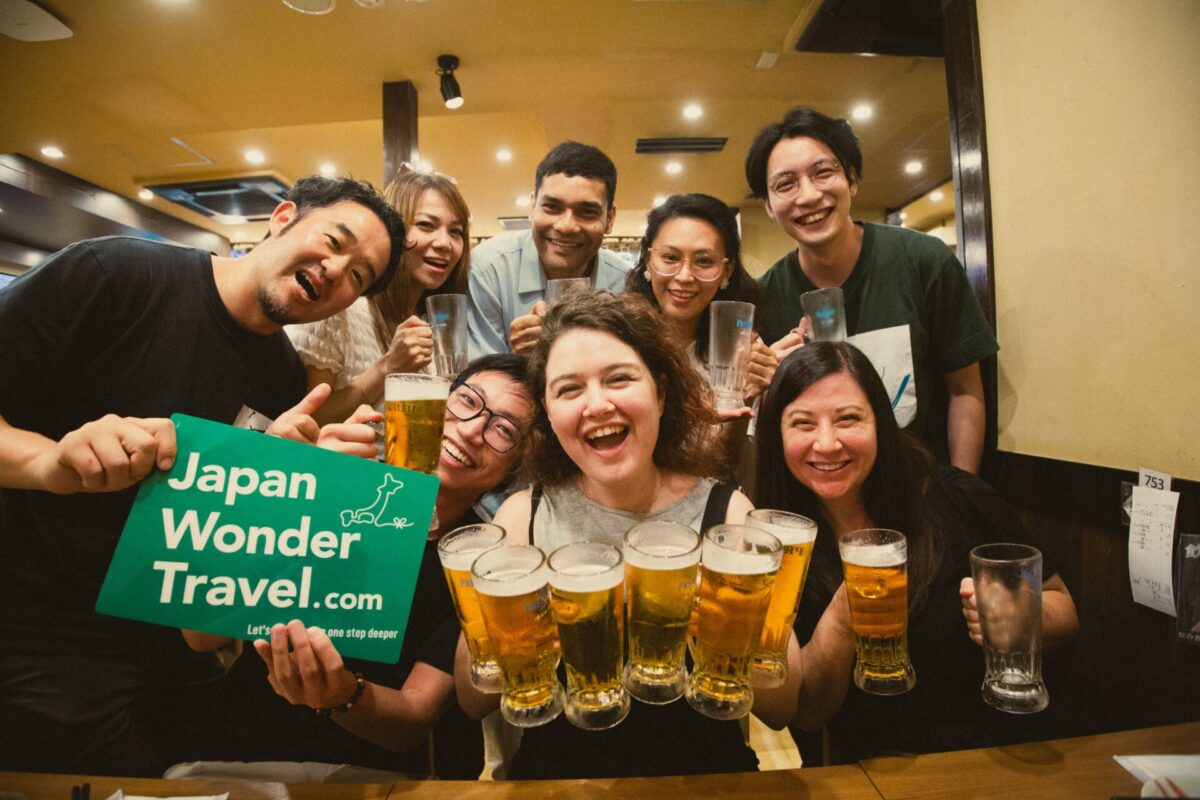
▶Kimono Experience in Tokyo
Step into the charm of the kimono, a beloved icon of Japanese tradition, ideal for festivals and wandering quaint streets. Asakusa offers the perfect setting to don your kimono and create cherished memories with picturesque backdrops. Let Kimono Rental Wargo dress you up for a day of delightful exploration in timeless style!
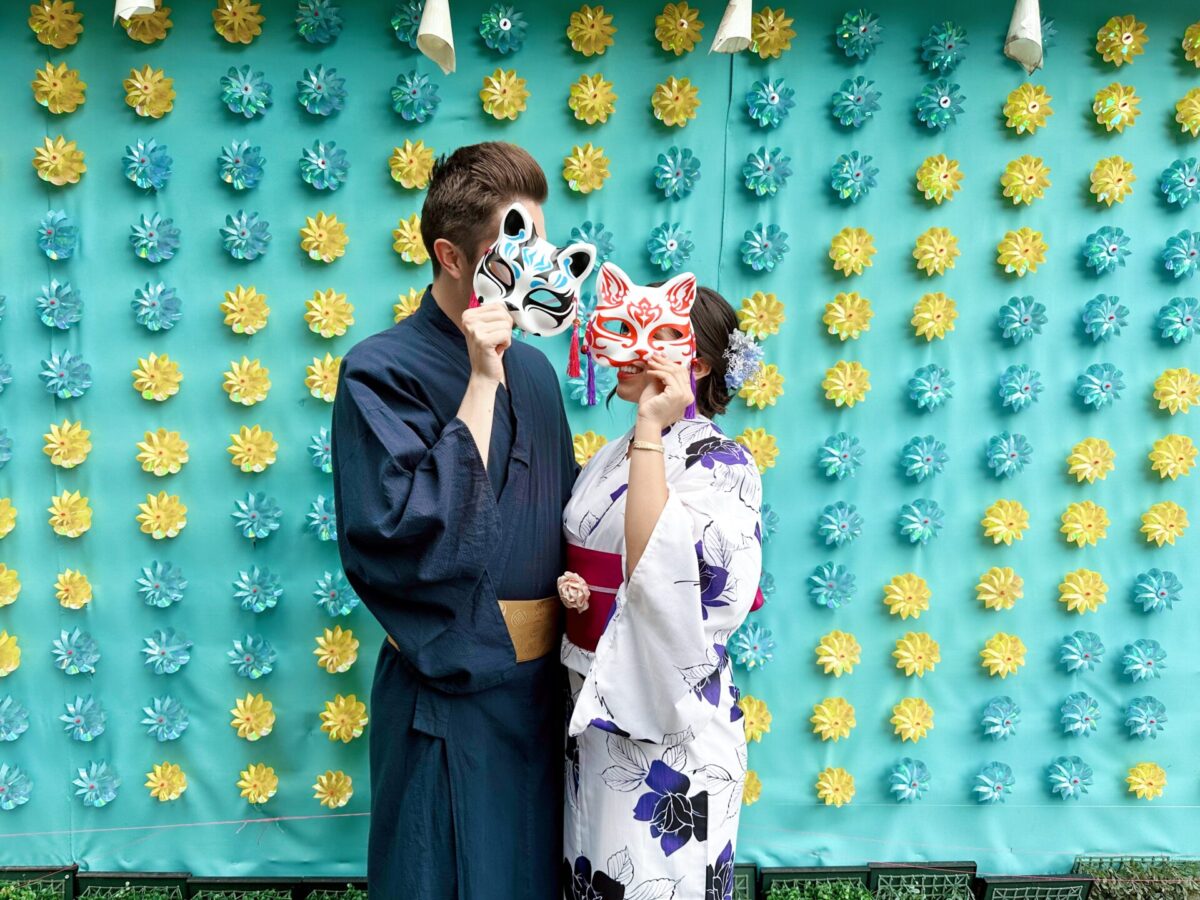
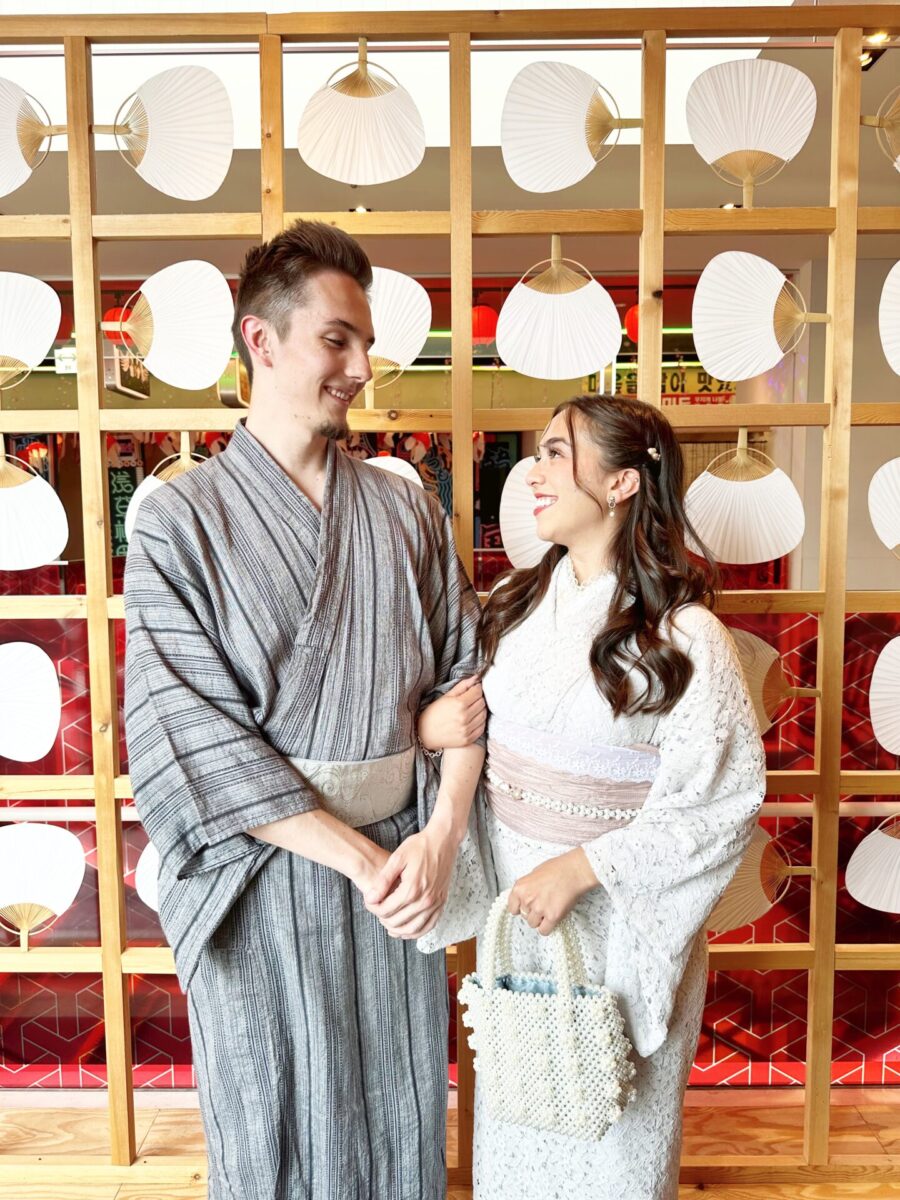
Kimono Rental is Available at Popular Tourist Attractions in Japan!
Discover Japan with a traditional Kimono from Kimono Rental Wargo! Explore cities or join festivals effortlessly starting from just ¥3,300. Our shops are conveniently located in Tokyo, Kyoto, Osaka, Kawagoe, and Kanazawa. Elevate your adventures with the elegance of the kimono and create unforgettable memories in Japan!





